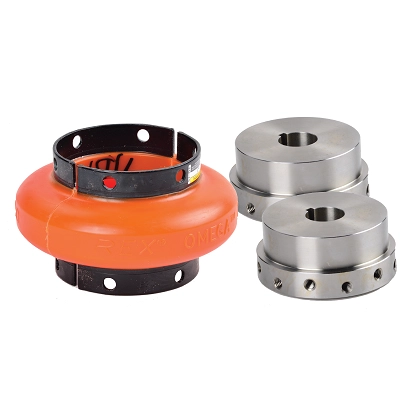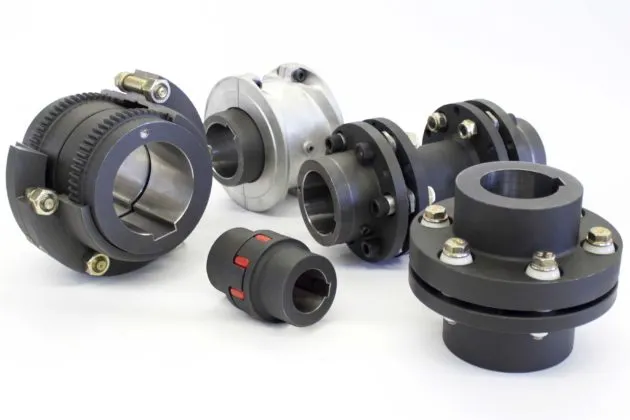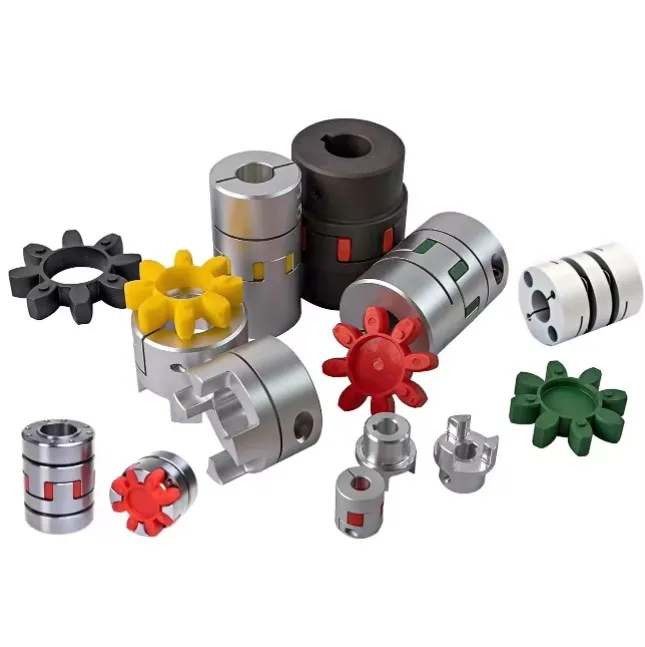Introduction to Viscous Drive
1. Definition of Viscous Drive
Viscous drive is a type of mechanical power transmission system that utilizes the viscous properties of a fluid to transfer torque between two shafts. The fluid is enclosed in a chamber and the torque is transmitted through the shear resistance of the fluid.
2. Working Principle of Viscous Drive
When the input shaft rotates, it causes the fluid in the chamber to shear, generating resistance. This resistance is then transmitted to the output shaft, allowing for torque transfer between the two shafts.
3. Advantages of Viscous Drive
– Smooth and quiet operation
– Simple design and easy maintenance
– Can accommodate misalignment between shafts
– Provides overload protection
– Suitable for applications requiring variable torque transmission
4. Disadvantages of Viscous Drive
– Limited efficiency due to energy losses in fluid shear
– Susceptible to temperature fluctuations affecting fluid viscosity
– Requires periodic fluid replacement for optimal performance
5. Applications of Viscous Drive
Viscous drives are commonly used in automotive applications, such as automatic transmissions and cooling fan drives. They are also utilized in industrial machinery for variable speed drives and torque limiting applications.
Types of Drive Couplings
1. Definition of Drive Couplings
Drive couplings are mechanical devices used to connect two shafts in order to transmit power. They can accommodate misalignment, reduce shock loads, and provide overload protection.
2. Types of Drive Couplings
– Rigid Couplings
– Flexible Couplings
– Gear Couplings

– Chain Couplings
– Disc Couplings
3. Advantages of Rigid Couplings
– Simple design and easy to install
– Provide accurate shaft alignment
– Transmit high torque efficiently
4. Advantages of Flexible Couplings
– Absorb shock loads and vibration
– Accommodate misalignment between shafts
– Reduce wear and tear on equipment
5. Advantages of Gear Couplings
– High torque capacity
– Provide torsional stiffness
– Suitable for high-speed applications
Materials Used in Drive Couplings
1. Steel
Steel is commonly used in drive couplings due to its high strength, durability, and resistance to wear. It is suitable for applications requiring high torque transmission.
2. Aluminum
Aluminum is lightweight and corrosion-resistant, making it ideal for applications where weight is a concern. It is commonly used in flexible couplings and gear couplings.

3. Cast Iron
Cast iron is known for its excellent vibration damping properties and durability. It is often used in rigid couplings and chain couplings.
4. Polyurethane
Polyurethane is a versatile material that offers flexibility and resistance to oil and chemicals. It is commonly used in flexible couplings to absorb shock loads.
5. Stainless Steel
Stainless steel is corrosion-resistant and offers high strength, making it suitable for applications requiring clean environments or exposure to harsh conditions.
Key Applications of Drive Couplings
– Automotive Industry: Drive couplings are used in vehicle powertrains for transmitting power from the engine to the wheels.
– Industrial Machinery: Drive couplings are utilized in various industrial machines such as pumps, compressors, and conveyors.
– Marine Applications: Drive couplings are used in marine propulsion systems for transmitting power from the engine to the propeller.
– Aerospace Industry: Drive couplings are employed in aircraft systems for transmitting power between components.
– Renewable Energy: Drive couplings are used in wind turbines and solar power systems for power transmission and torque control.
Selection Criteria for Drive Couplings
– Torque Capacity: Ensure that the selected coupling can handle the required torque for the application.
– Misalignment Tolerance: Consider the amount of misalignment between shafts and choose a coupling that can accommodate it.
– Environmental Conditions: Take into account factors such as temperature, humidity, and exposure to chemicals when selecting a coupling material.
– Maintenance Requirements: Choose a coupling that is easy to install and maintain to minimize downtime and costs.
– Cost Effectiveness: Evaluate the overall cost of the coupling, including purchase price, maintenance, and replacement costs, to ensure it fits within the budget.
About HZPT
Our company, HZPT, has been a trusted manufacturer and exporter of couplings since 2006. With 16 years of experience, we have a dedicated design and R&D team that can customize products to meet the needs of global customers. We have a rigorous quality inspection system in place to ensure that all our products meet the highest standards. Our commitment to customer satisfaction drives us to provide the best service and highest product quality. With a focus on quality, credibility, and competitive pricing, we have built a strong reputation among our customers in Europe and the United States. Contact us today to learn more about our products and services. 
